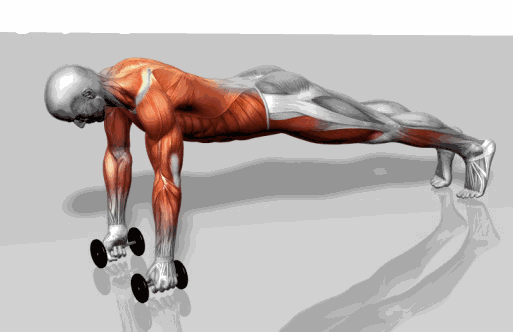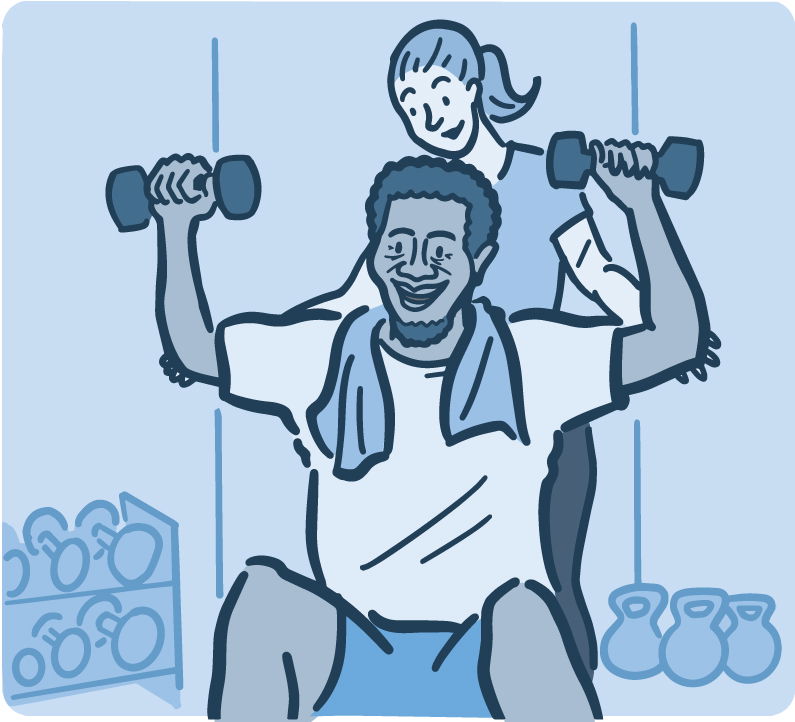WHY IS MUSCLE TRAINING THE CORNERSTONE FOR HEALTHY AGING?
Imagine this: you're climbing a hill with your family, effortlessly keeping pace with the younger ones, your joints strong, your posture confident, and your energy levels unmatched. Imagine being in your 70s and still moving with the ease of someone decades younger. No struggling to get out of a chair or worrying about slipping on a wet floor. Now picture the opposite—struggling with aches, fatigue, and instability in your 60s. What makes the difference? Muscle training. Often overlooked, strength training is one of the most powerful tools to prevent early aging, and it’s never too late to start. This one habit can transform how you age, keeping you strong, active, and mentally sharp well into your golden years.

1. Stay Strong and Independent Longer
As we age, muscle mass naturally declines—about 8% every decade after 30 and accelerating to 15% after 60. Without intervention, this leads to weakness, difficulty with daily tasks, and a greater risk of falls. Strength training counters this by building and preserving muscle.
Example: Regular resistance exercises like squats, deadlifts, or even simple bodyweight exercises can make climbing stairs or carrying groceries easier. A study in The Journal of Gerontology showed that older adults who did strength training twice a week improved their walking speed and reduced the risk of disability by 30%.
Takeaway: Think of muscle training as your independence insurance - it keeps you capable of doing the things you love, from gardening to traveling. Strength training isn’t just about looking fit, it’s about staying independent and confident in your daily life.
2. Protect Your Bones and Joints
Bone density decreases as we age, especially in women after menopause. This makes bones fragile and increases the risk of fractures. Strength training doesn’t just build muscles - it also strengthens bones by applying stress that stimulates bone growth.
Example: Lifting weights or doing resistance exercises like lunges and push-ups can improve bone density. Research from the National Osteoporosis Foundation highlights that even light weightlifting twice a week can significantly slow bone loss.
Takeaway: Think of strength training as the ultimate investment in your skeletal “bank account,” keeping you sturdy and resilient for decades to come.

3. Keep Your Mind Sharp and Your Mood High
Physical activity doesn’t just benefit the body—it’s a powerful tool for mental health. Strength training improves blood flow to the brain, releases endorphins (your body’s natural “feel-good” chemicals), and reduces inflammation linked to cognitive decline.

Example: A 2019 study in the Journal of Sports Science found that adults who practiced resistance training twice a week for six months performed better on memory tests and reported lower stress and anxiety levels.
Takeaway: Think of strength training as a powerful tool for mental clarity—helping you stay sharp, positive, and ready to take on life’s challenges. A stronger body fosters a stronger mind, allowing you also stay emotionally balanced as you age.
Muscle Training and Skin Health
While often overlooked, muscle training also benefits skin health:
- Improved circulation: Increases oxygen and nutrient delivery to skin cells.
- Enhanced collagen production: Helps maintain skin elasticity and reduces the appearance of aging.
Muscle training is more than just a fitness routine - it's a fundamental strategy for healthy aging. By preserving muscle mass, strengthening bones, enhancing metabolism, and supporting mental health, it empowers you to live a longer, healthier, and more independent life.
Remember: Aging gracefully doesn’t mean slowing down it means staying strong.
Why Wait? Start Today!
It’s never too late to start strength training, whether you’re in your 40s, 60s, or beyond. Begin with small, manageable steps - bodyweight exercises at home, resistance bands, or light weights - and gradually build from there.
Remember: Aging gracefully doesn’t mean slowing down - it means staying strong. 💪